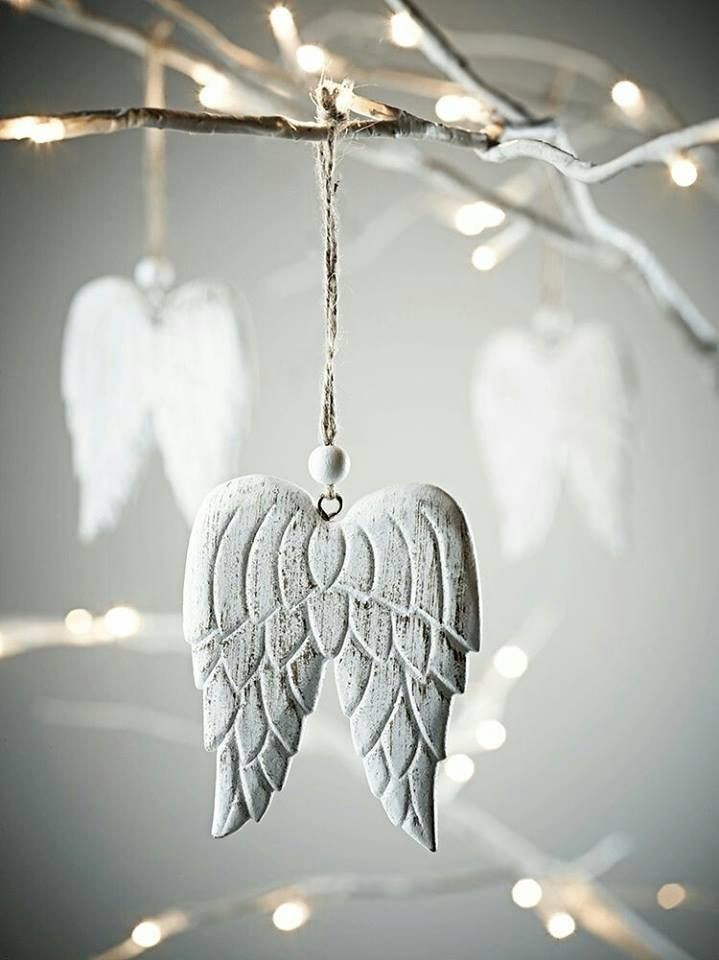Art as Self-Care: Using Creative Practices for Daily Mental Health Maintenance
- Koöko Fleurs
- Apr 25
- 3 min read
Updated: May 2

Self-care isn’t indulgence—it’s survival. And art therapy? It’s one of the most accessible, intuitive ways to regulate emotions, reduce stress, and cultivate mindfulness. You don’t need professional training, expensive tools, or a perfect idea—just the willingness to engage with creativity.
Why Creativity is Essential for Mental Well-Being
Creativity is directly linked to emotional processing and cognitive stability. Studies show that engaging in artistic activities lowers cortisol levels, reducing stress and anxiety. The rhythmic, flowing nature of creativity can trigger the brain’s default mode network, mimicking the benefits of meditation and deep relaxation.
Beyond its neurological benefits, art therapy provides structure and autonomy—essential for mental health maintenance. Whether it’s painting emotions, journaling in color, or shaping abstract forms, the act of creating gives individuals control over their self-expression, reinforcing emotional resilience.
The Science Behind Art and Mental Wellness
Engaging in creative activities isn't just fun—it has measurable effects on the brain. Studies show that creating art can:
- Reduce stress: Making art lowers cortisol levels, easing anxiety.
- Boost mood: Dopamine, the brain’s "feel-good" chemical, increases when we engage in creative activities.
- Improve focus and mindfulness: Art requires presence, gently pulling attention away from worries.
Art taps into the brain’s natural ability to process emotions, offering a nonverbal outlet for thoughts we may struggle to articulate.
The Power of Art in Moments of Emotional Distress
For those experiencing sudden anxiety or emotional overwhelm, art therapy provides immediate relief. Engaging in simple creative exercises—like repetitive drawing, sculpting, or journaling—redirects the mind from panic to presence.
In times of uncertainty, art acts as a stabilizing force, reminding individuals that emotions can be expressed, processed, and reshaped. Creativity isn’t about the result—it’s about the experience, the movement, the externalization of what might otherwise remain trapped inside.
Artistic Self-Care Practices With Practical Exercises
1. Drawing and Doodling for Stress Relief
- Exercise: Grab a pen and doodle without thinking. Fill a page with swirls, shapes, or random patterns. The goal is not perfection, but flow.
- Why it works: Spontaneous sketching calms the mind by creating a rhythmic, meditative state.
2. Painting for Emotional Release
- Exercise: Choose three colors that represent how you feel right now. Without planning, brush, smudge, or splash them onto paper. Let the colors guide your movement.
- Why it works: Color therapy helps process emotions in a tangible way.
3. Journaling and Creative Writing
- Exercise: Try “art journaling”—combine words with sketches, paint, or magazine cutouts. Write a thought, then illustrate how it feels.
- Why it works: Writing paired with visuals deepens emotional exploration.
4. Collage and Mixed Media for Self-Discovery
- Exercise: Cut out images, words, or colors from magazines that speak to you. Arrange them into a vision board reflecting your dreams or feelings.
- Why it works: Collaging engages intuition, helping us express subconscious thoughts.
5. Music and Movement-Based Art
- Exercise: Choose a song that resonates with you emotionally. While listening, paint or scribble in sync with the rhythm. Let the music influence your marks.
- Why it works: Art combined with sound connects emotions to movement, offering catharsis.
Making Art a Habit
Consistency is key when using art as a self-care practice. Here’s how to integrate it into daily life:
- Keep a small sketchbook or journal nearby for spontaneous creative moments.
- Set a timer for 10 minutes to doodle or write, making creativity a daily ritual.
- Release perfectionism—focus on the process, not the result.
- Use creativity as a check-in, asking “What do I feel today?” and expressing it visually.
Creativity as Lifelong Self-Care
Art therapy isn’t just a coping mechanism—it can become a lifelong ritual for mental well-being. Whether it’s used to unwind after stressful days, create clarity in chaotic moments, or simply cultivate joy, artistic expression remains one of the most accessible, intuitive, and profoundly healing forms of self-care.
So, grab a pen, splash some color, and let creativity take care of you.











Comments